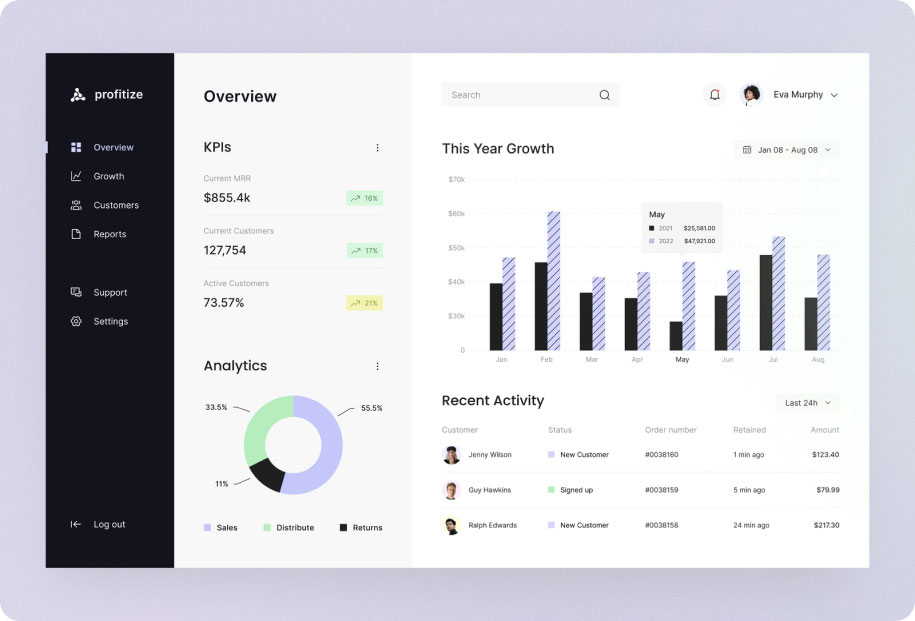
Creating an effective website requires a harmonious blend of aesthetics and functionality. Design captivates the user’s attention, forms a compelling first impression, and sets the tone for the entire interaction. However, the ultimate purpose of any website is conversion: whether it’s driving sales, encouraging sign-ups, or facilitating another targeted action. So, how can businesses strike the perfect balance between visual appeal and usability?
Why Design Matters
Great design is more than just pleasing visuals and trendy fonts. It’s a strategic tool that helps:
- Enhance Navigation: Allowing users to quickly find what they need.
- Communicate Value: Highlighting the benefits of a product or service.
- Build Trust: Establishing credibility through professional and cohesive visuals.
Studies indicate that users form an opinion about a website within milliseconds, and design is the primary driver of that impression.
The Importance of Conversion
Conversion is the measure of a website’s effectiveness. A visually stunning website is of little value if users struggle to complete key actions. Successful conversion hinges on:
- Clear Call-to-Action (CTA): Simple, prominent buttons and links that guide users.
- Fast Loading Speeds: Minimizing friction and ensuring a seamless experience.
- Audience-Focused Content: Tailored messaging that resonates with users’ needs.
- Cross-Device Accessibility: A responsive design for all platforms.
Strategies for Achieving Balance
- Understand Your Audience Deep research into the target audience’s preferences, pain points, and behaviors is crucial. Who are they? What do they need? How can your design guide them effectively?
- Prioritize Visual Hierarchy Use contrast, size, and positioning to emphasize critical elements, such as CTAs or key messages. This approach ensures users are naturally guided through the site.
- Simplify Navigation Overloading a page with unnecessary elements confuses users. Focus on clean layouts and intuitive pathways that facilitate conversions.
- Implement Testing and Analytics Conduct A/B testing to determine which design elements yield the best results. Regularly analyze user behavior to make data-driven improvements.
- Brand Consistency Incorporate your brand’s identity into the design—colors, fonts, and imagery—to foster recognition and trust.
Examples of Balanced Design
- Landing Pages: Minimalist designs with a singular focus on the CTA, ensuring users are not distracted.
- E-commerce Websites: Clear product categories, efficient search functions, and straightforward checkout processes.
- Corporate Sites: Professional, clean layouts that highlight services and inspire trust.
Conclusion
Balancing design and conversion is an ongoing process that combines creativity with strategic thinking. A visually stunning website must also be intuitive and results-driven to succeed. By prioritizing user needs and regularly refining your approach, you can create a site that is both beautiful and effective.

